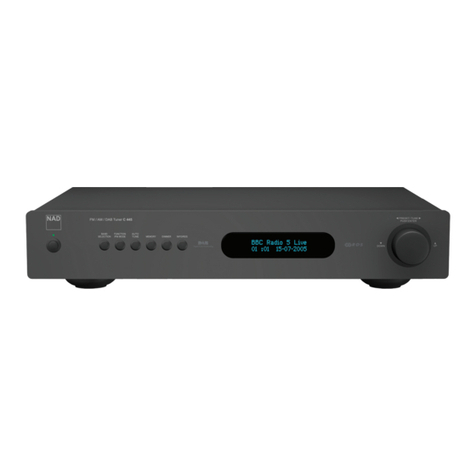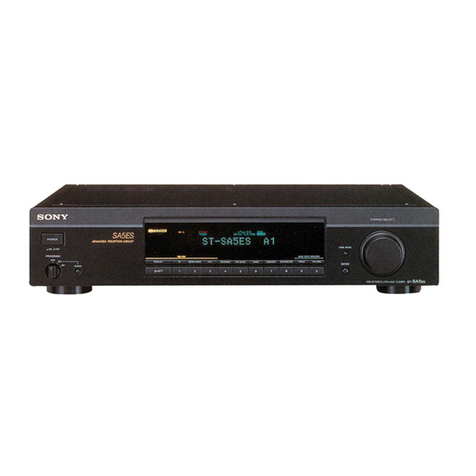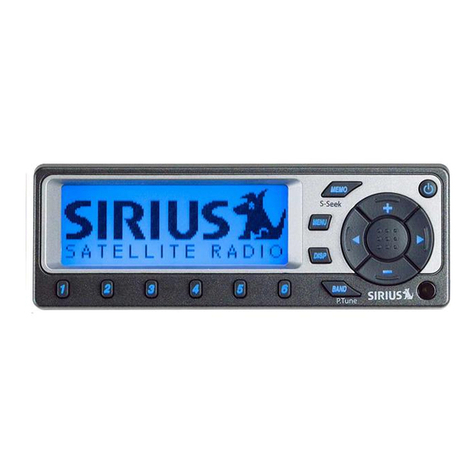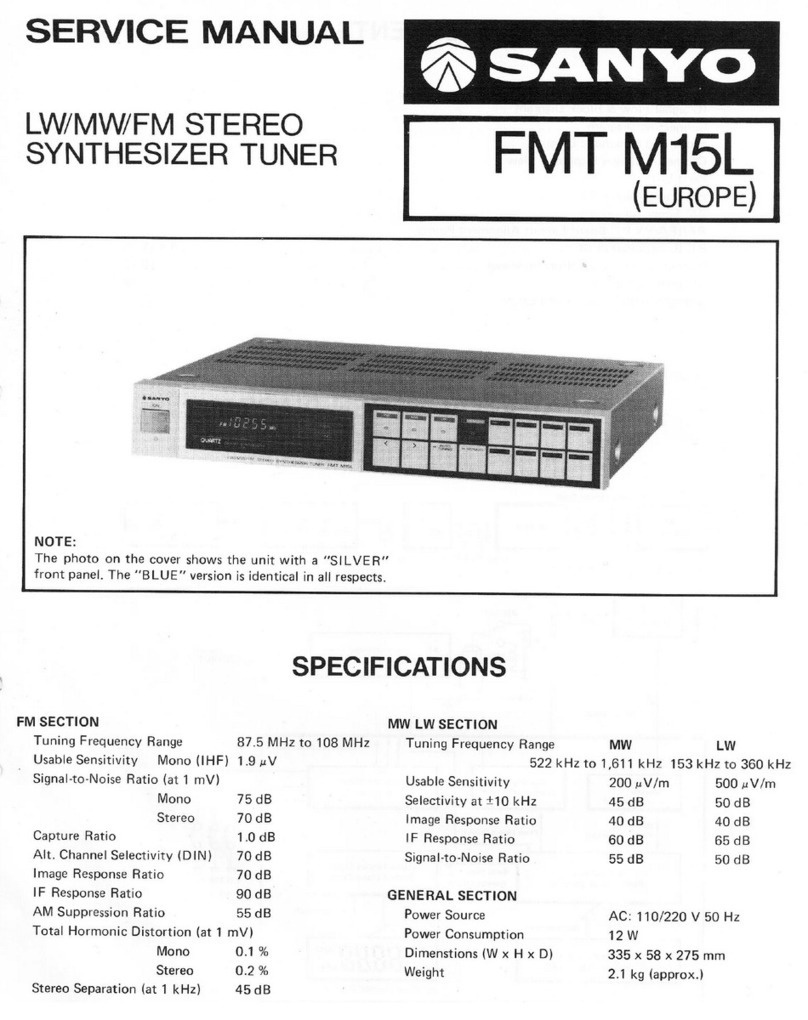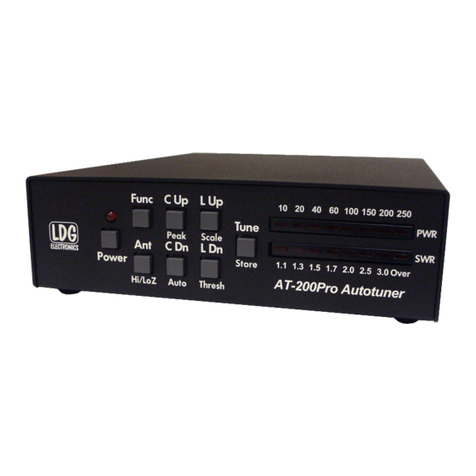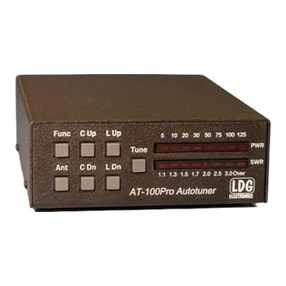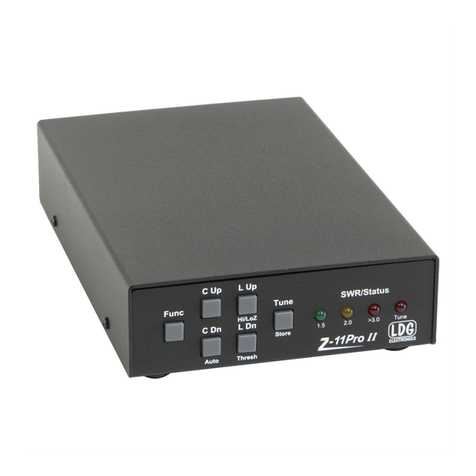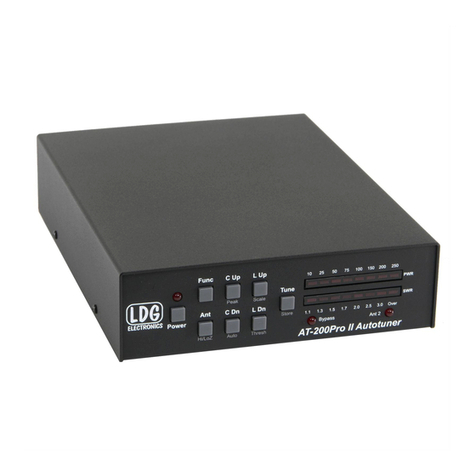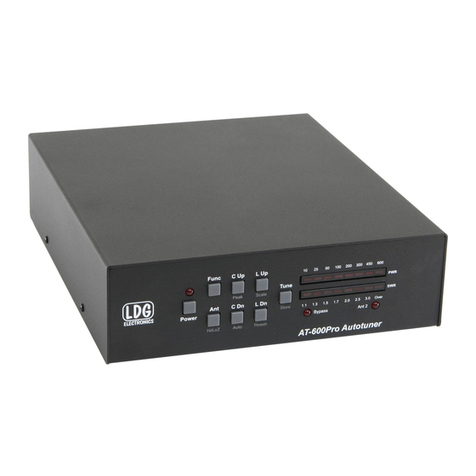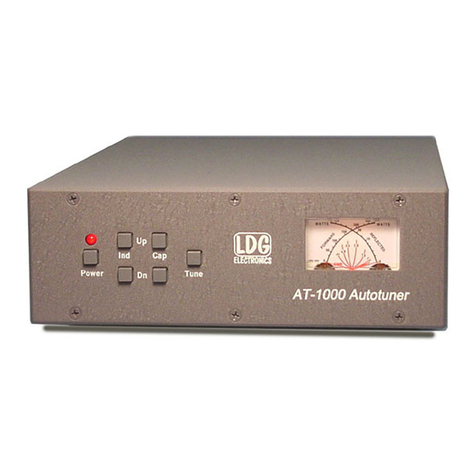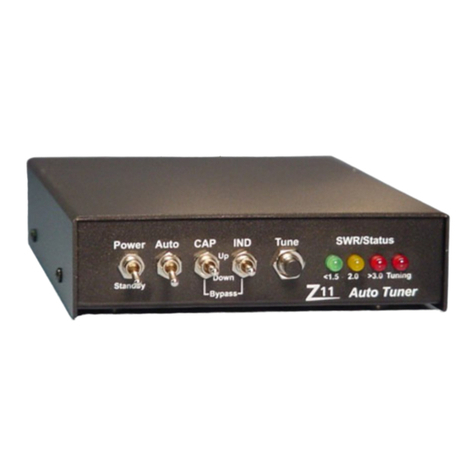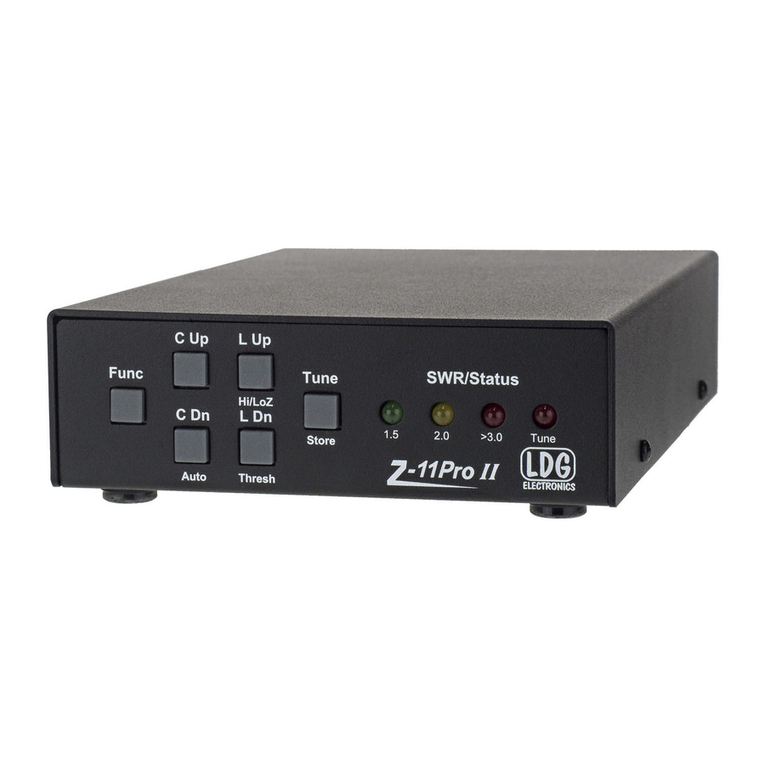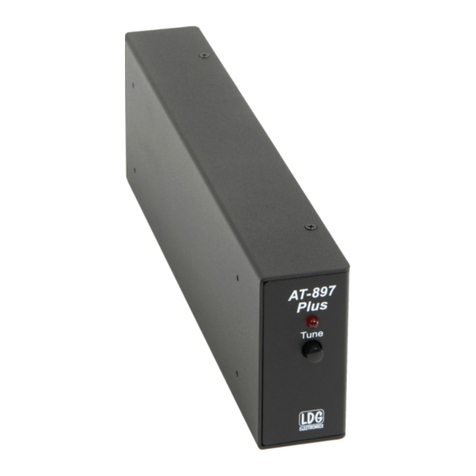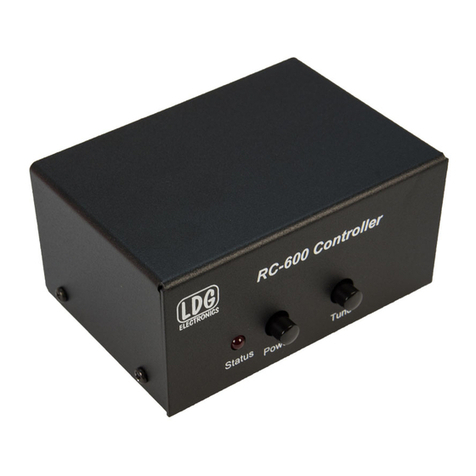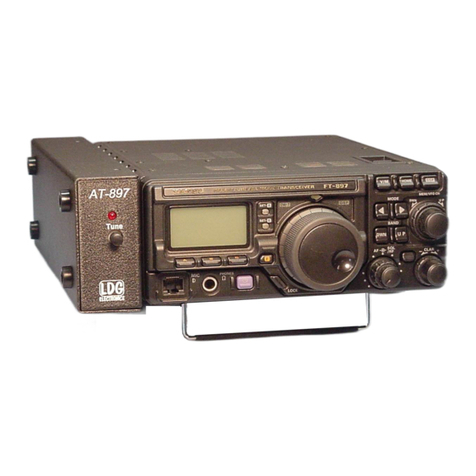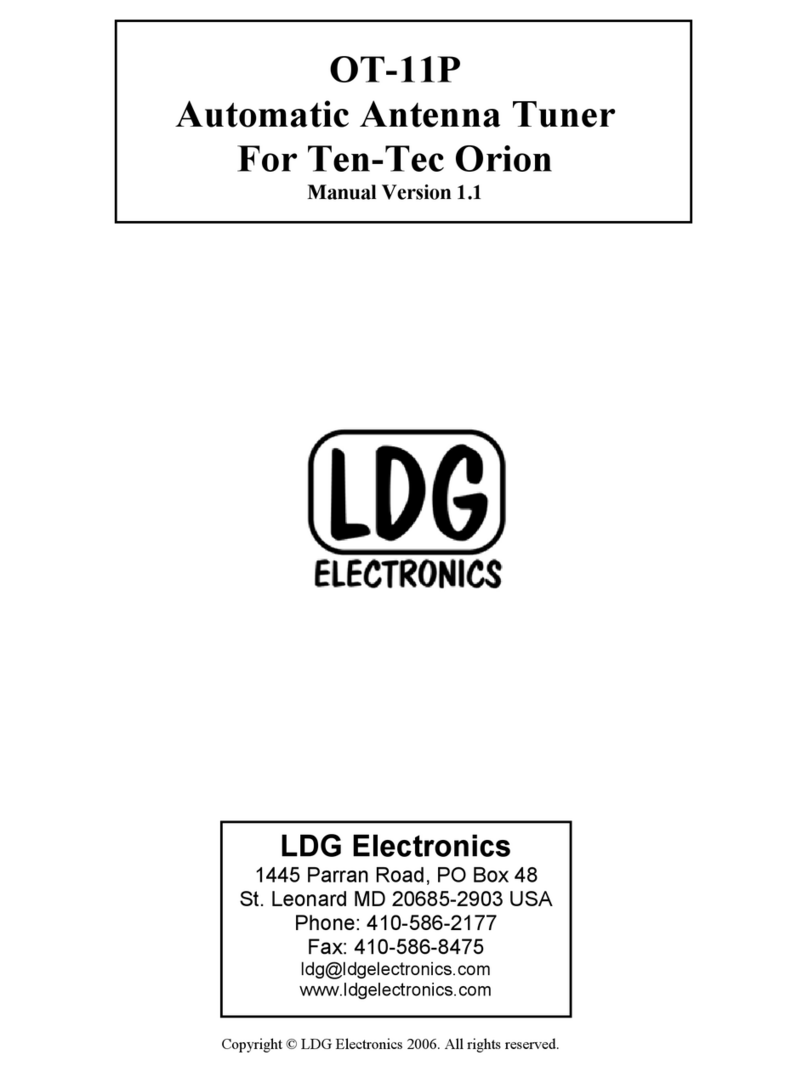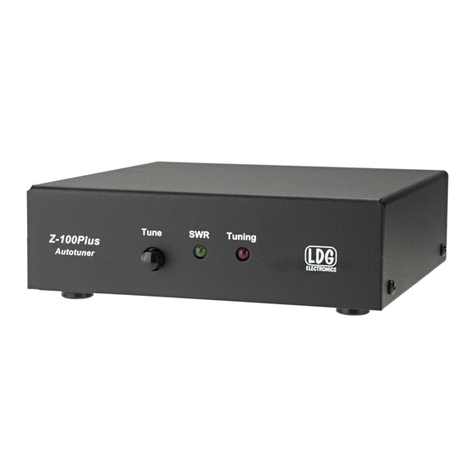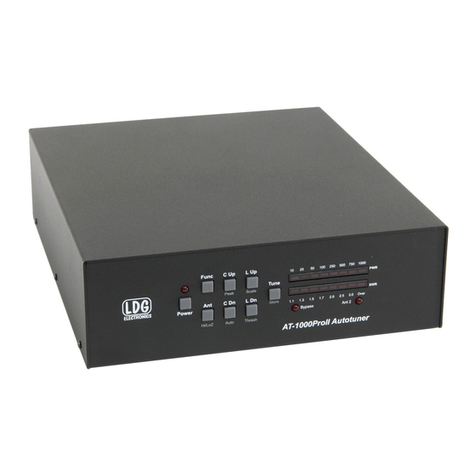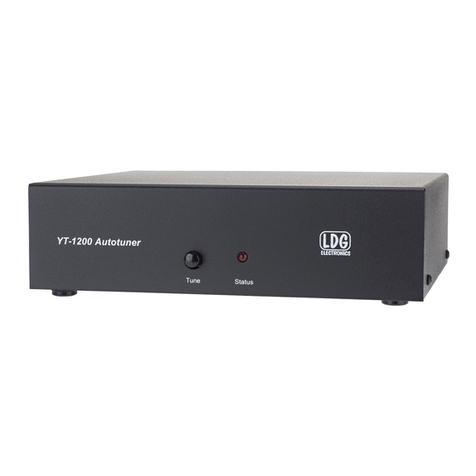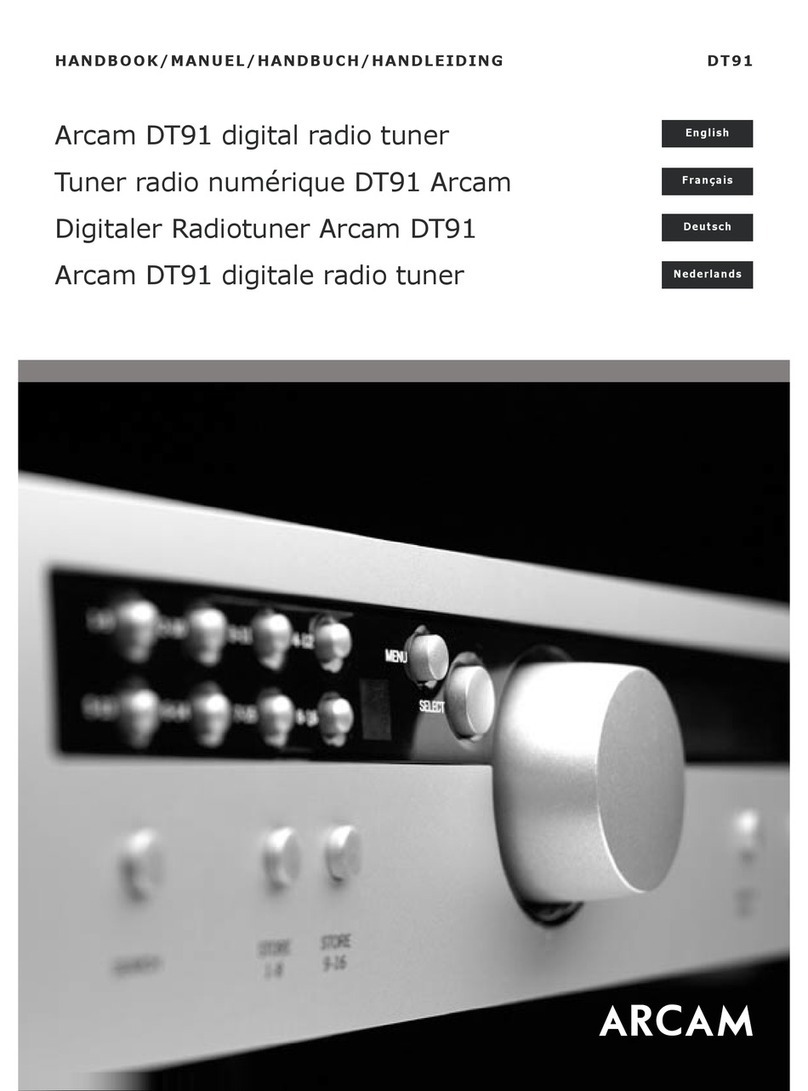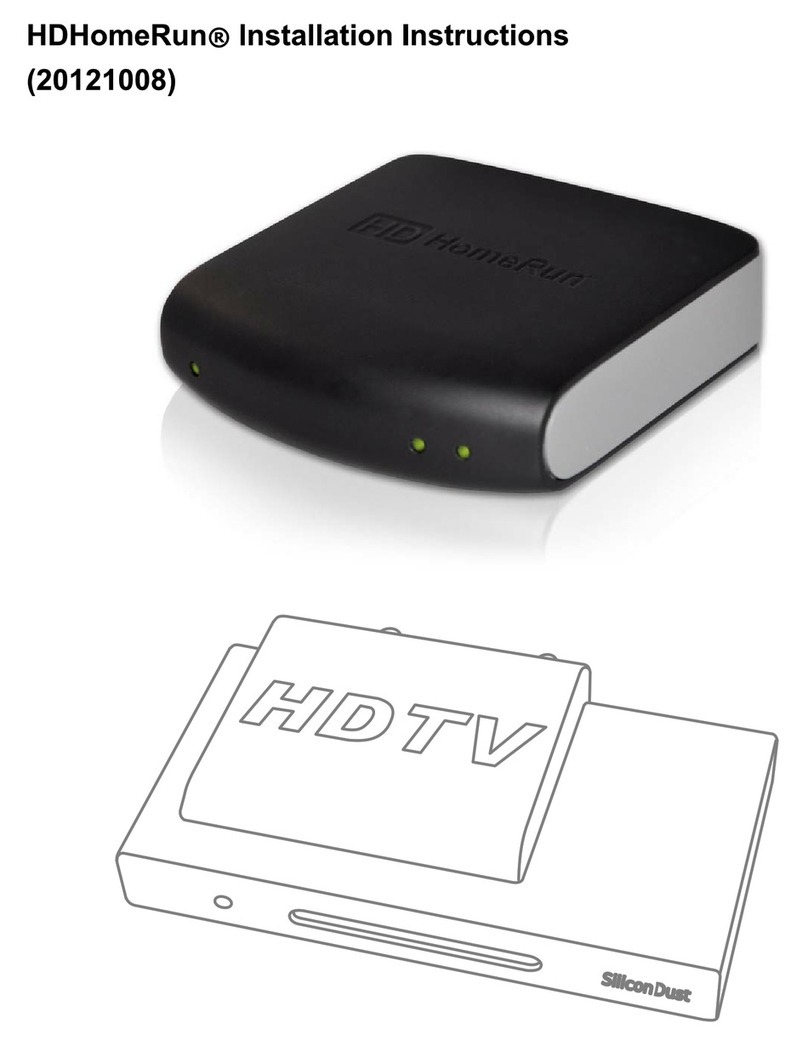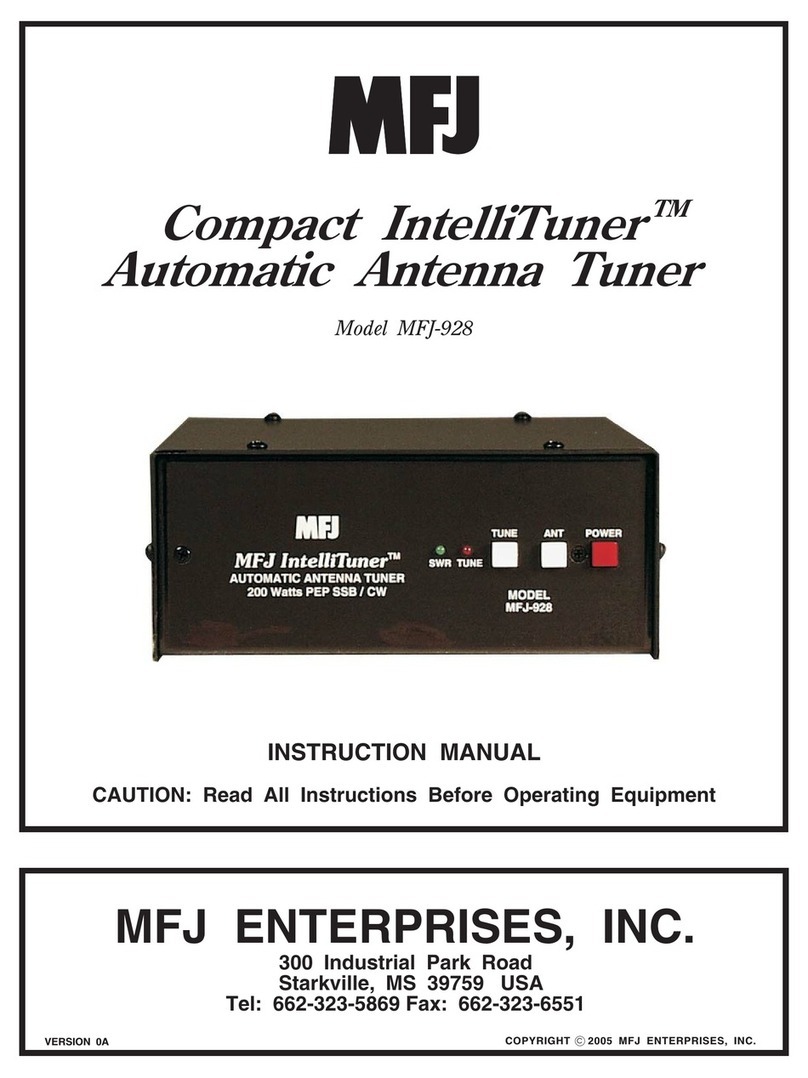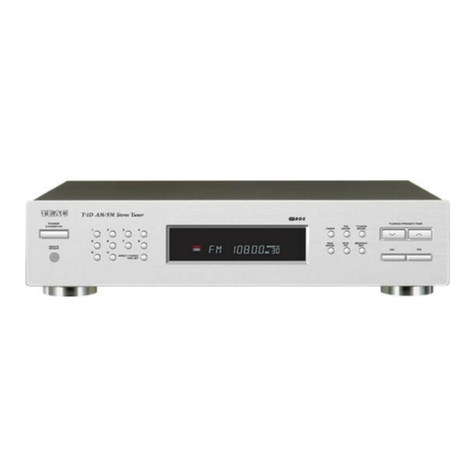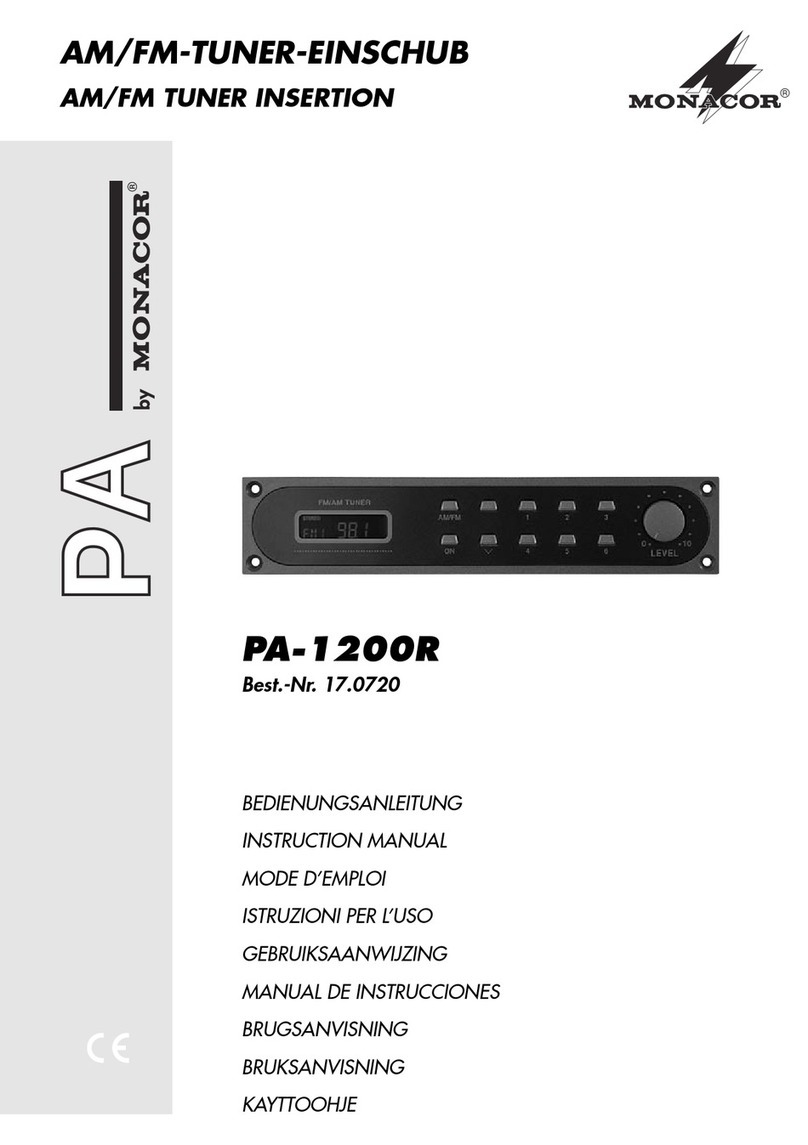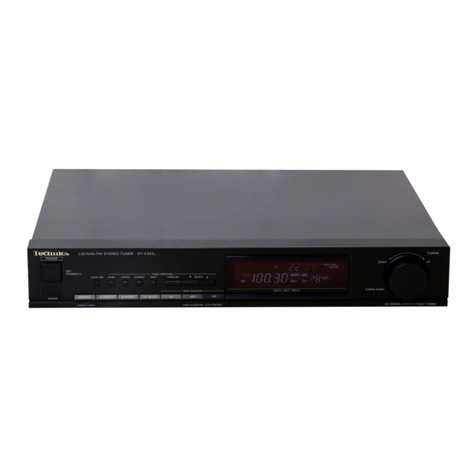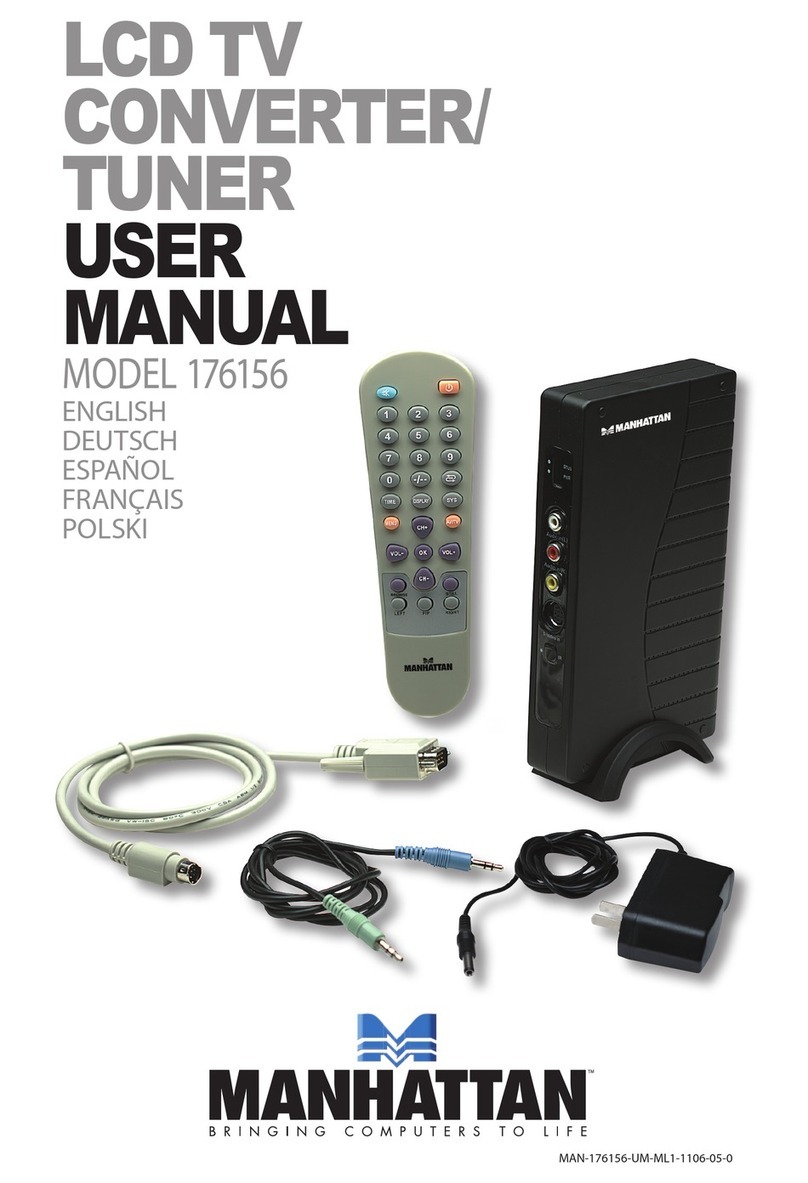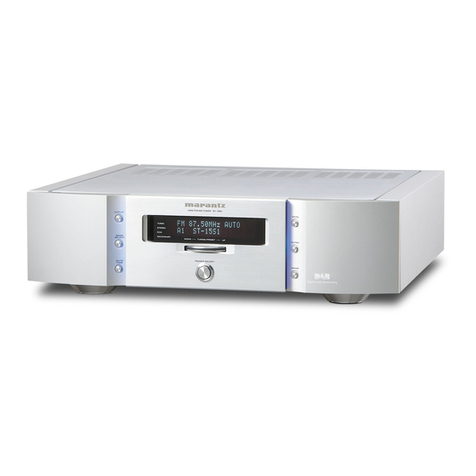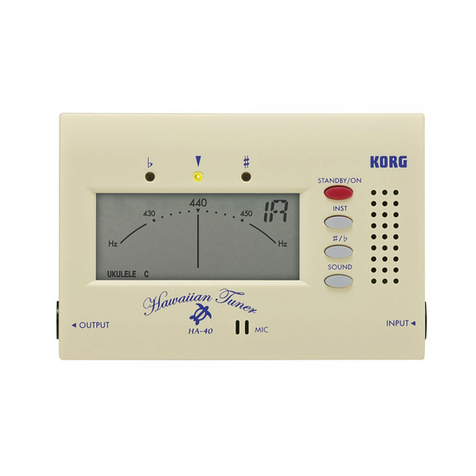
PAGE 3
INTRODUCTION
LDG pioneered the automatic, wide-range switched-L tuner in 1995. From its laboratories in
St. Leonard, Maryland, LDG continues to define the state of the art in this field with innovative
automatic tuners and related products for every amateur need.
Congratulations on selecting the Z-817H 75-watt automatic tuner for the Yaesu FT-817
transceiver. The Z-817H provides semi-automatic antenna tuning across the entire HF spectrum
plus 6 meters, at power levels up to 75 watts. It will tune dipoles, verticals, Yagis, or virtually
any coax-fed antenna. It will match an amazing range of antennas and impedances (up to 10 to 1
SWR), far greater than some other tuners you may have considered, including the built-in tuners
on many radios.
The Z-817H is similar to previous LDG tuners, but is specially engineered to integrate with
your Yaesu FT-817 HF radio and external amplifier. The Z-817H connects to the ACC port or
sometimes called CAT (Computer Automated Transceiver) port on the back of the radio. The
CAT interface allows an external device such as a PC or the Z-817H to control the FT-817 by
sending it serial commands. The Z-817H takes advantage of this interface to simplify the tuning
process -- one button push is all that is needed in order to switch the radio to PKT mode, transmit
a carrier, read the transmit frequency, and then restore the radio to its previous mode and power
level! Additionally, the Z-817H is powered by internal batteries, so no extra power cable is
needed.
JUMPSTART, OR “REAL HAMS DON’T READ MANUALS!”
Ok, but at least read this one section before operating the Z-817H:
1. Turn off power to your FT-817 radio.
2. Open up the Z-817H and install 4 AA alkaline batteries, being careful to observe correct
polarity. Reassemble the tuner.
3. Connect the antenna jack on the transceiver to the “TX” or “INPUT” jack on the external
amplifier, using a 50 ohm coax cable jumper.
4. Connect the “ANTENNA” or “OUTPUT” jack of the amplifier to the “ANT” jack on the Z-
817H.
5. Connect a 50 ohm coax antenna feedline to the “ANT” jack on the Z-817H.
6. Connect one end of the 8-pin mini-DIN plug on the supplied radio interface cable to the
“ACC” port on the back of your FT-817.
7. Connect the other end of the radio interface cable to the “Radio” port on the back of your Z-
817H.
8. Using the radio’s menu system, set the CAT RATE to 38,400 baud.
9. Select the desired operating frequency and mode.
10. Bypass the external amplifier.
